In the spring of 1453 CE, the Ottoman Sultan Mehmet II brought his formidable armies to bear against the walls of Constantinople. The Sultan’s use of cutting-edge technology, including enormous bombard cannons and the legendary Janissaries, completely outclassed the fading glory of the Byzantines. The fall of Constantinople marks the maturation of the Ottoman state from a small Turkic principality amongst many others, to the status of an empire. In his newly captured capital, Mehmet II would proclaim himself ‘Kayser-i Rûm’ – Emperor of the Romans – a grand claim that united the Islamic East with the Roman West. His successors would expand Ottoman influence across huge swathes of the Middle East and South-Eastern Europe, knocking on the door of the Austrian Habsburgs and challenging Imperial Russia. Only the Umayyad Caliphs had united more territory under a single banner in the Islamic world.
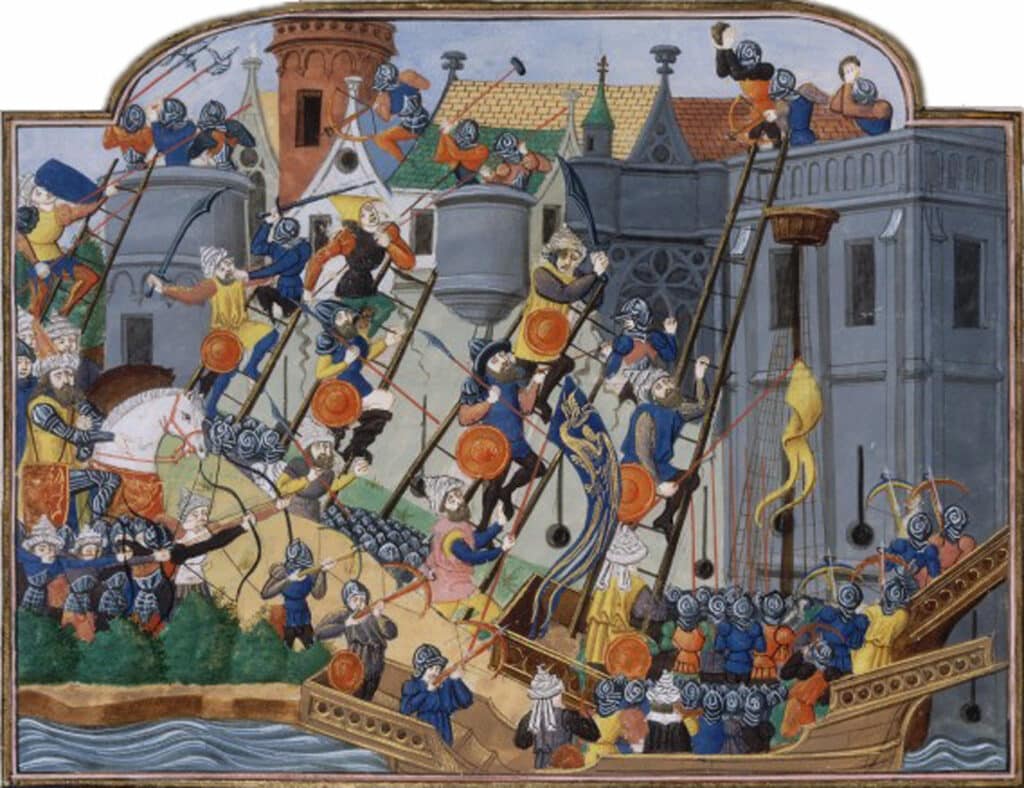
But where did the Ottomans come from? What were the origins of the Ottoman Empire? If they were just one group amongst many, what made their spectacular rise so successful? To answer these questions is not easy – in fact some historians have declared the question of early Ottoman history impossible: Colin Imber, lecturer in Turkish Studies at the University of Manchester, says that all we can do ‘is to admit frankly that the earliest history of the Ottomans is a black hole. Any attempt to fill this hole will result simply in more fables.’ So, rather than trying to draw conclusions where academics have spent entire careers in uncertainty, we shall look at what we can know about Ottoman history: from the rugged steppes of Central Asia, to the walls of Constantinople.
Born on the Steppe
The story of the Ottoman Empire begins not in Anatolia, but far to the north-east, in the vast Central Asian steppe. This is where the Turkic peoples, the progenitors of the Ottoman emperors, originate from. In the 9th century, the lands between the Caspian and Aral Seas (modern western Kazakhstan) were inhabited by a nomadic people who spoke a Turkic language called Oghuz. These Oghuz Turks were the westernmost of a vast Turkic diaspora, which stretched all the way across the center of Asia to the borders of modern China. They were mostly nomadic, herding horses, goats and sheep – but their social bonds were strong and complex. They maintained an effective state, under a Yagbu, with a developed system of private ownership, taxation and, critically, military affairs. The Oghuz were extremely adept fighters, possessing an enormous advantage over their sedentary neighbors: mobility, and archery from horseback – early Oghuz sources such as the Book of Dede Korkut describe both men and women engaging in warfare and feats of martial prowess.
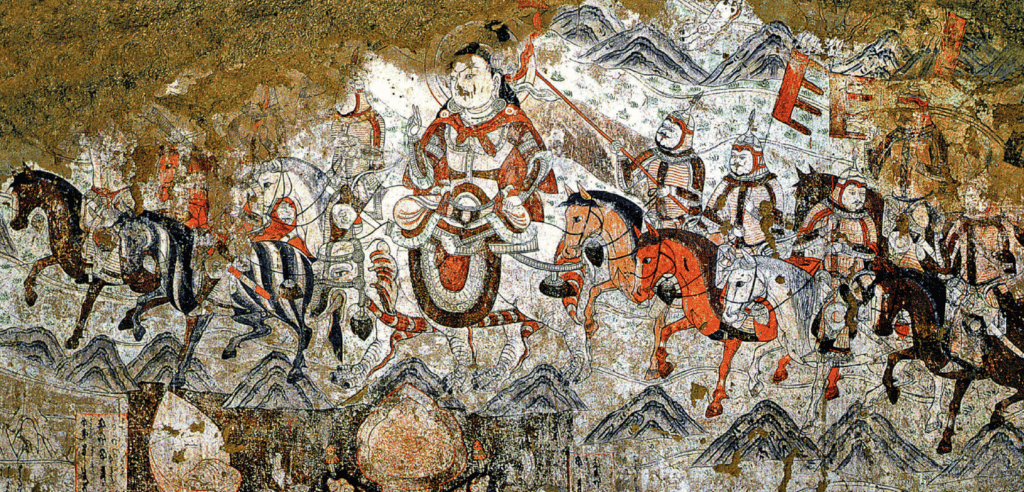
In the late 10th century, groups of Oghuz began to migrate southward into the Ghaznavid Empire, an eastern splinter of the Abbasid Caliphate. It is likely that these fearsome steppe warriors were first invited as allies, but the Qiniq tribe of the Oghuz people saw a much greater opportunity. Under their war leader Seljuk (and later his sons), the Qiniq toppled the Ghaznavid Empire, decisively ending the conflict at the Battle of Dandanaqan in 1040 CE. The dominos of the Eastern Islamic world fell quickly to the Oghuz, and in only fifteen years they had secured dominion over a large empire, centered on the thriving city of Baghdad (at that time the largest city in the known world). This state has become known to historians as the Great Seljuk Empire, after the Qiniq’s semi-legendary warlord. Its ruling class was overwhelmingly drawn from the Qiniq Oghuz Turks who had moved south in the previous century: now, the nomadic horsemen put their political acumen to work, gradually ‘Persianizing’ to create what historians describe as the ‘Turco-Persian’ political culture of the Seljuk Empire. Most of them (at least formally) adopted Islam and used the Arabic lingua franca to govern their new agricultural and trade empire.
From Isfahan to Anatolia
So, now that the Seljuks have moved south and founded a new Turco-Persian empire, how did the Turks get to Turkey? In the middle of the 11th century, Central Anatolia, on the western edge of the Seljuk Empire, made a tempting target. The Byzantine Empire had been undergoing a golden era under the Macedonian dynasty, but the end of the Macedonian line in 1056 CE had led to serious political instability, and a series of incompetent Emperors had dramatically weakened the Byzantines’ eastern defenses. The city of Manzikert had held in 1054 when it was attacked by a Seljuk expedition – but the second Battle of Manzikert would not go the Greeks’ way. The Byzantine Emperor was deserted by about half of his allied forces before the battle, and Turkic mercenaries hired by the Greeks defected when they came into contact with their Seljuk cousins. The Seljuks, under Sultan Alp Arslan, comprehensively routed the remaining Byzantines.
Though the extent of the military disaster has frequently been exaggerated, its psychological impact was enormous. In the rout, the Seljuks captured the Byzantine Emperor himself, and forced him to kneel before Sultan Alp Arslan – the more colorful descriptions of the meeting describe the Sultan as placing his foot on the neck of the Emperor to symbolize his utter submission. But rather than imprisoning or executing the Emperor, the Sultan humiliated him with kindness, giving him a place at his personal table. Soon after, the Sultan freed the Byzantine Emperor on the promise of a dynastic marriage between the two Empires and the cession of Byzantium’s wealthy eastern cities. Upon his return to Constantinople, the humiliated Emperor was deposed and blinded by his rivals, plunging the Empire into even deeper political chaos – in fact, the Battle of Manzikert kicked off several decades of Byzantine paralysis at a critical moment in Seljuk-Byzantine conflict. Central Anatolia was now in Seljuk hands.
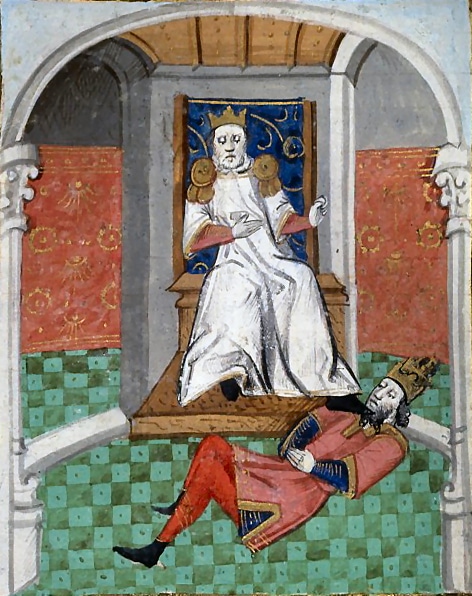
From 1072 CE, successive waves of Turkic nomads entered the region, sacking Byzantine towns with impunity and settling the land as semi-nomadic pastoralists. However, the Great Seljuk Empire was not to be as long-lived as its Byzantine counterpart. Its own dynastic intrigues were breaking out, and the break-up of the Seljuk holdings would be one of the factors which enabled Western Christians to carve out the Crusader States after the fall of Jerusalem in 1099. In the western part of the Seljuk Empire, Anatolian warlords would be at the forefront of the drama. Taking advantage of the palace infighting, the Turkic military leader Suleiman ibn Qutalmish declared an independent Sultanate in the western part of Central Anatolia – becoming the ‘Sultan of Rûm’. Sharp-eyed readers will notice the similarity between ‘Rûm’ and ‘Rome’ – the former is derived from the Persian name for the Roman Empire, hence ‘Sultan of the Roman lands’.
The Sultanate of Rûm was a highly successful and dynamic state that would expand from the off: its early expansion at the expense of the Byzantine Emperors is cited by Pope Urban II as one the dangers necessitating the First Crusade. By the close of the 12th century, the Sultanate of Rûm was a spectacularly successful state: it had weathered the worst of the Crusades, and it had grown very wealthy on the increasing flows of trade in the region (primarily by controlling and taxing overland caravanserai trade, but also in a fruitful maritime partnership with the Genoese in its Mediterranean ports). It had contained its Georgian enemies to the north, and the Byzantines to the west had been shattered by the Sack of Constantinople and the dismemberment of their Empire by Western Christians following the rapacious Fourth Crusade. What could go wrong?
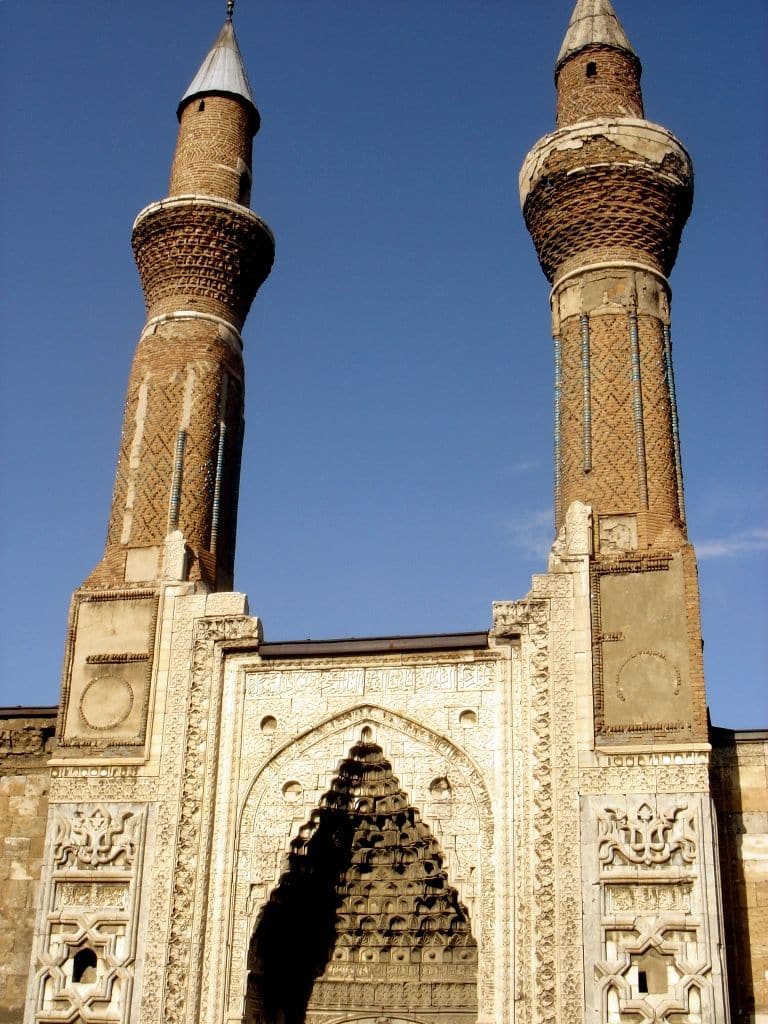
The Mongols, Of Course
Like every answer to ‘what could go wrong in the 13th century’, the answer is, of course: the Mongols. The Turkic conquerors of Anatolia now found that the boot was on the other foot: they were no longer nomadic raiders, but Persian-speaking administrators and tax collectors. It was they that were now to be on the receiving end of steppe horsemen from the East. The Mongol conquests deserve (and have gotten) their own entire field of study, but for our purposes here: the Sultans of Rûm astutely observed that it was a far better course of action to use their significant trading wealth to buy off the Mongols with tribute than by futile military resistance. However, the Mongols were not satisfied with mere gifts, and they began to demand that the Sultans of Rûm accept formal Mongol government. This was unacceptable to Sultan Kaykhusraw II, who vowed military resistance if the Mongols insisted on imposing direct rule. Thus, the Mongols invaded Anatolia under the Viceroy of the Mongol Near East, Baiju Noyan.
Meeting the Mongol army at the narrow pass of Köse Dağ in 1243 CE, Sultan Kaykhusraw II urged an immediate attack. The Mongols feigned a retreat, drawing the Turkic vanguard into the pass – whereupon they turned and slaughtered them. Panicking, the Sultan and his commanders fled, leaving the rest of the army to disintegrate. The Sultan was forced to come to a humiliating arrangement with the Mongols, effectively reducing the Sultanate to little more than a vassal of the Mongol Empire.
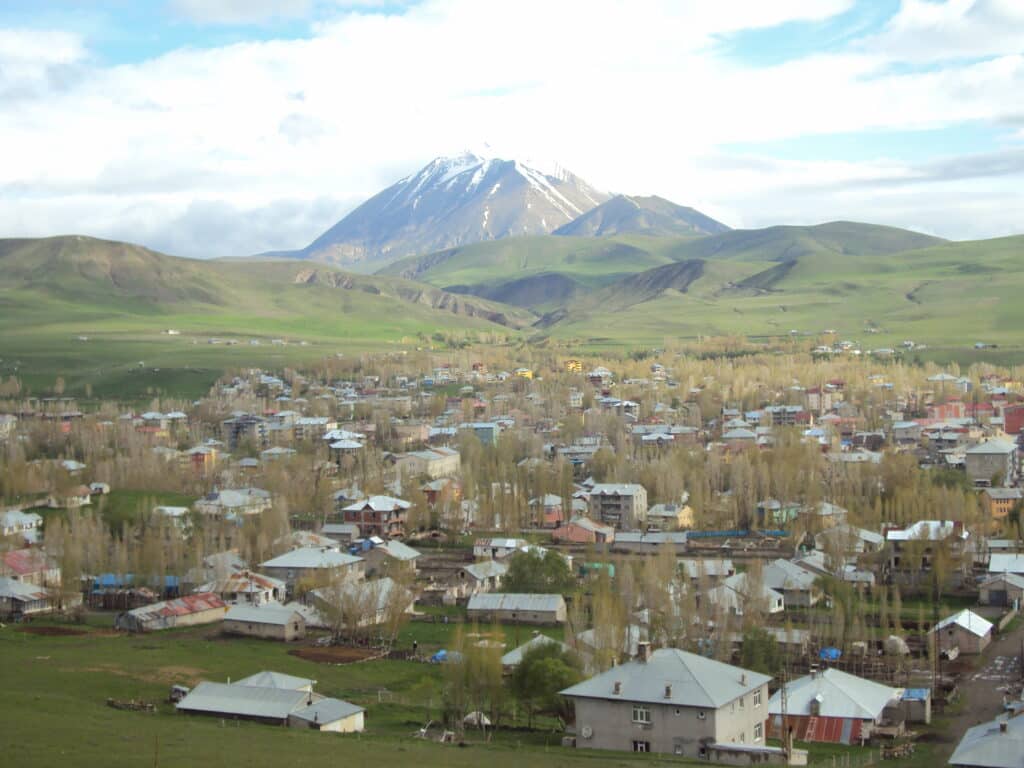
Again, Anatolia found itself in the lawless border between two fragmenting worlds. Turkic nomads from the Anatolian interior fled westward away from Mongol oppression, into the poorly-defended lands of the (again) paralyzed Byzantines. This created a unique lawless political culture, where warlords, tribal elders, ex-Byzantine governors and former Seljuk administrators were all mixed up together. The resulting fragmented territories are known as ‘beyliks’, ‘duchies’, each ruled by a ‘bey’. One of these beys, ruling over the hill-town of Söğüt and the surrounding countryside in north-west Anatolia, was called Osman – from whose name we get the name ‘Ottoman Empire’.
The First Ottoman Sultan
There is not a single piece of recorded history dating from Osman I’s rule – prompting the ‘black hole’ comment from Colin Imber. Historians guess that the Ottoman beylik was extant around 1300 CE (the traditional date of 1299 CE is entirely symbolic), and that Osman I’s rule ended somewhere around 1325. His father is traditionally named as Ertuğrul of the Kayı clan of Oghuz Turks, an Uç bey (border-lord) of the Sultanate of Rûm – although the sources which delve into his genealogy date from centuries after his death, and may well have been constructed post-hoc to give dynastic legitimacy to his successors. In short, everything we know about Osman, the first Ottoman Sultan, has to be teased apart from subsequent mythmaking and later realpolitik.
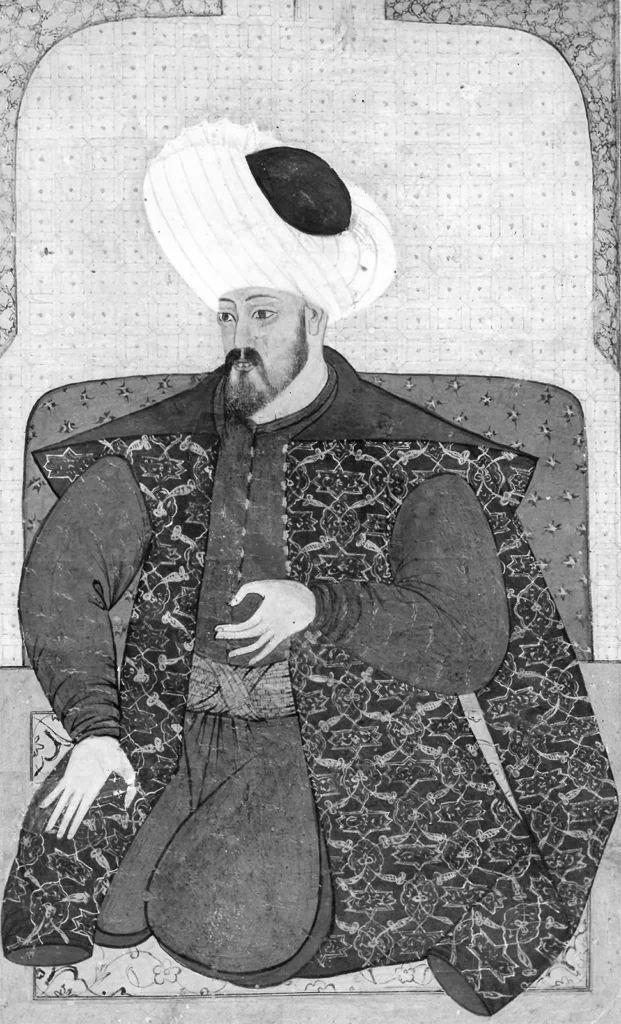
This ‘black hole’ continues to pervade much of the origins of the Ottoman Empire: the lack of systematized bureaucracy in the fluid Anatolian borderlands compounds all of the usual problems of historical certainty. But we do know that Osman’s successors were highly successful expansionists, conquering Bithynia and Karesi, meaning that the Ottoman beylik swiftly assumed a monopoly on east-west land trade. To underline the point, the early Ottoman princes quickly subdued the unsteady Byzantine Empire: by 1356, the Ottomans had also seized territories on the European side of the Byzantine Empire, first the Gallipoli Peninsula and then in Thrace. This isolated the Byzantines, forever putting them on the back foot when it came to trade, and isolating them from potential allies. Subsequent Ottoman Sultans expanded rapidly into Eastern Europe: much of the Balkan peninsula, including Serbia and Hungary, came under Ottoman suzerainty before the end of the 14th century. The outsized control of Anatolian overland trade and the swift isolation of Constantinople are two major factors in the rise of the Ottomans, and their Sultans were extremely wise to perceive the necessity of both of these goals.
But the Ottomans didn’t have it all their own way. They were unable to conquer Constantinople for decades, and the Ottomans suffered a major reversal at the battle of Ankara at the hands of the Timurid Mongols in 1402. With the capture and subsequent death of Sultan Bayezid I (known as Yıldırım Bayezid, ‘Bayezid the Thunderbolt’ for his destruction of a huge Crusader army at Nicopolis), the Ottoman state was thrown into a decade of civil war, with the Sultan’s throne vacant for eleven years until Bayezid’ son Mehmet murdered all of his brothers to claim the title. And yet – despite disunity and internal violence, the Ottoman Empire’s enemies failed to capitalize and reverse the seemingly inexorable tide of Ottoman success.
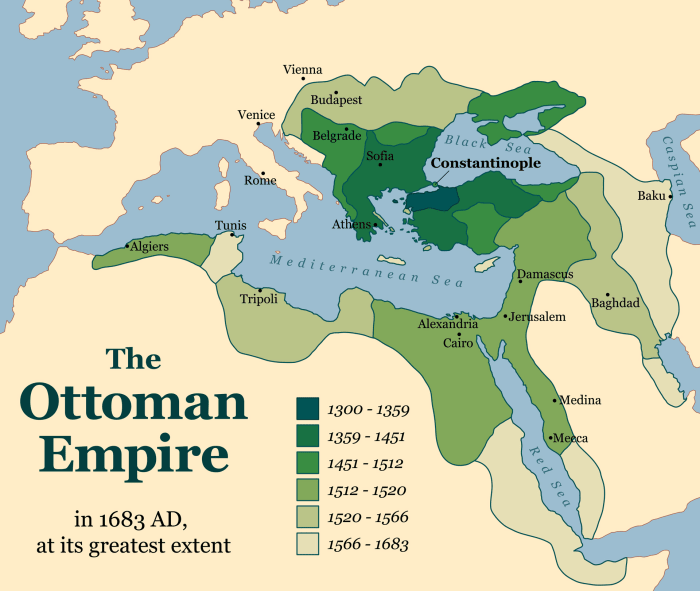
So – we have seen the Turkic peoples of the Kazakh steppe migrate south, build empires, and fragment, only to reform powerful and energetic states in the contested borderlands. Why was the Ottoman state so successful? Part of the answer lies in the history that we have charted: the Turko-Persian systems of government atrophied from the center, but continually created vibrant and effective states at their edges. Some historians in the 1930s, such as the Austrian historian Paul Wittek, saw the early Ottoman Sultans as explicitly Islamic holy warriors or ‘ghazis‘, uniting the peoples of Anatolia together with a message of jihad against the Christian West. But there are holes with the ‘ghazi‘ theory: notwithstanding its potential Orientalist overtones, Rudi Paul Lindner points out that Ottoman political society had much more in common with Turkic tribal structures, and that there is little evidence at all that Osman and his successors were orthodox Muslims – they may have retained much of their pagan Turkic roots. These competing theories are all heavily reliant on literary analyses of much later sources and we should give us pause to wonder whether we are merely, to paraphrase Colin Imber, creating more fables. Either way, the rise of the Ottoman Empire is one of the most fascinating ‘black holes’ in history.

 Historical Swords
Historical Swords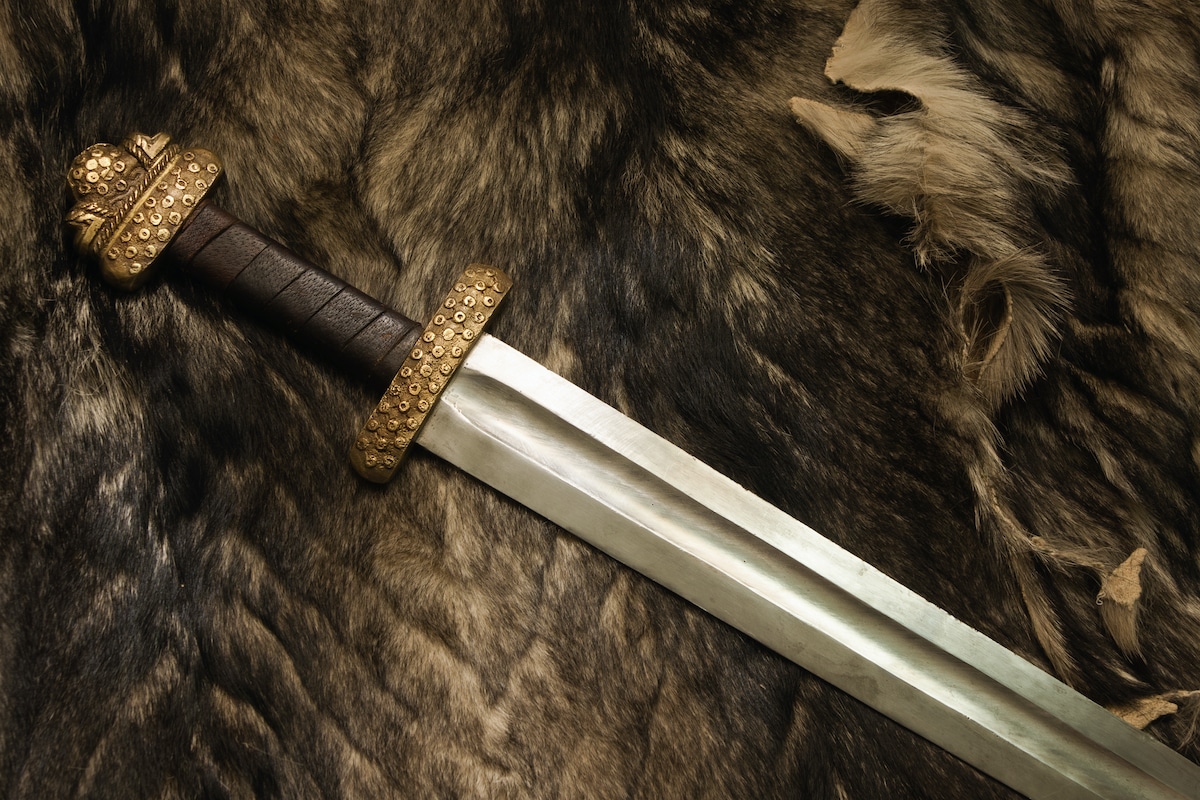 Norse & Viking Swords
Norse & Viking Swords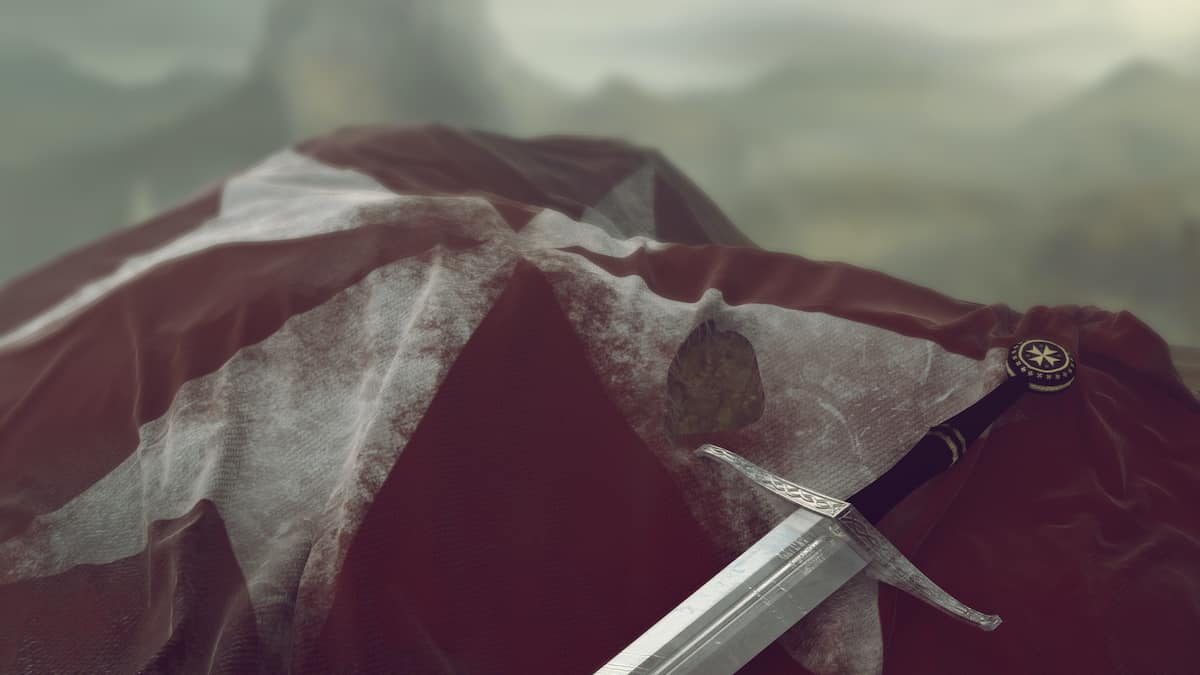 Templar Swords
Templar Swords Claymore Swords
Claymore Swords Fantasy Swords
Fantasy Swords Chainmail
Chainmail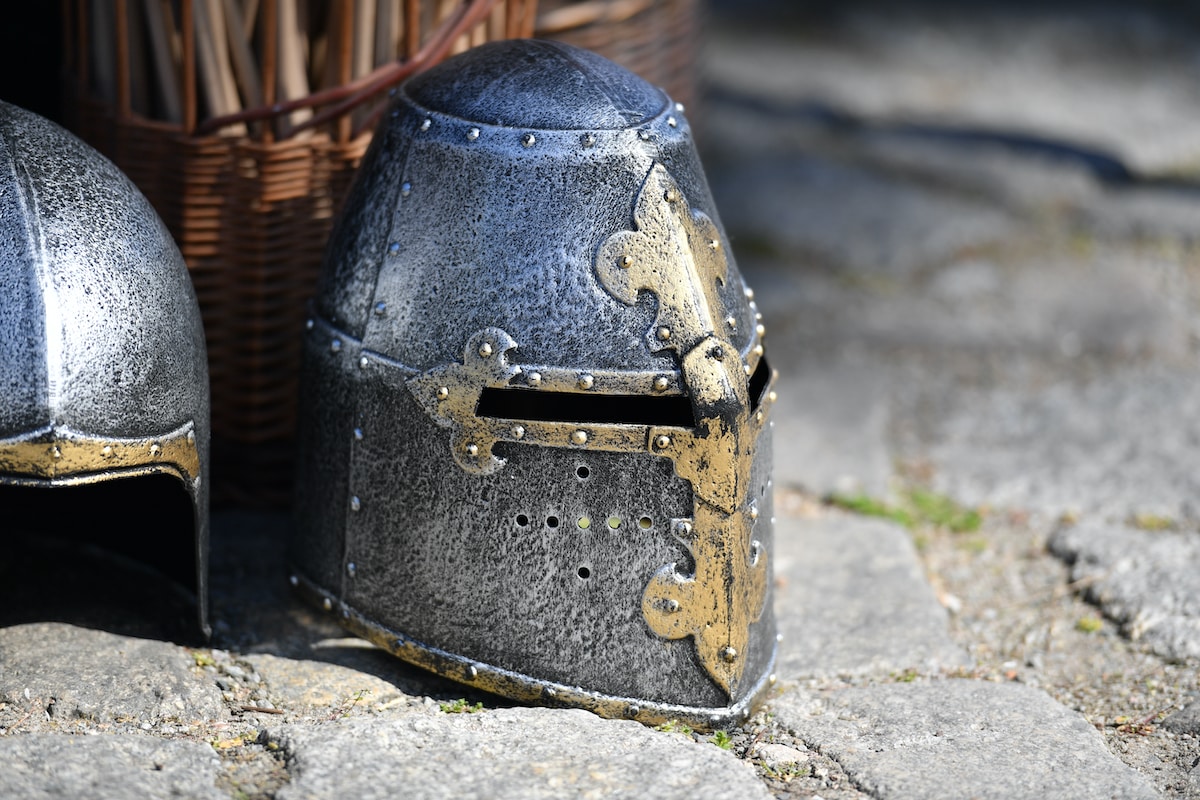 Helmets
Helmets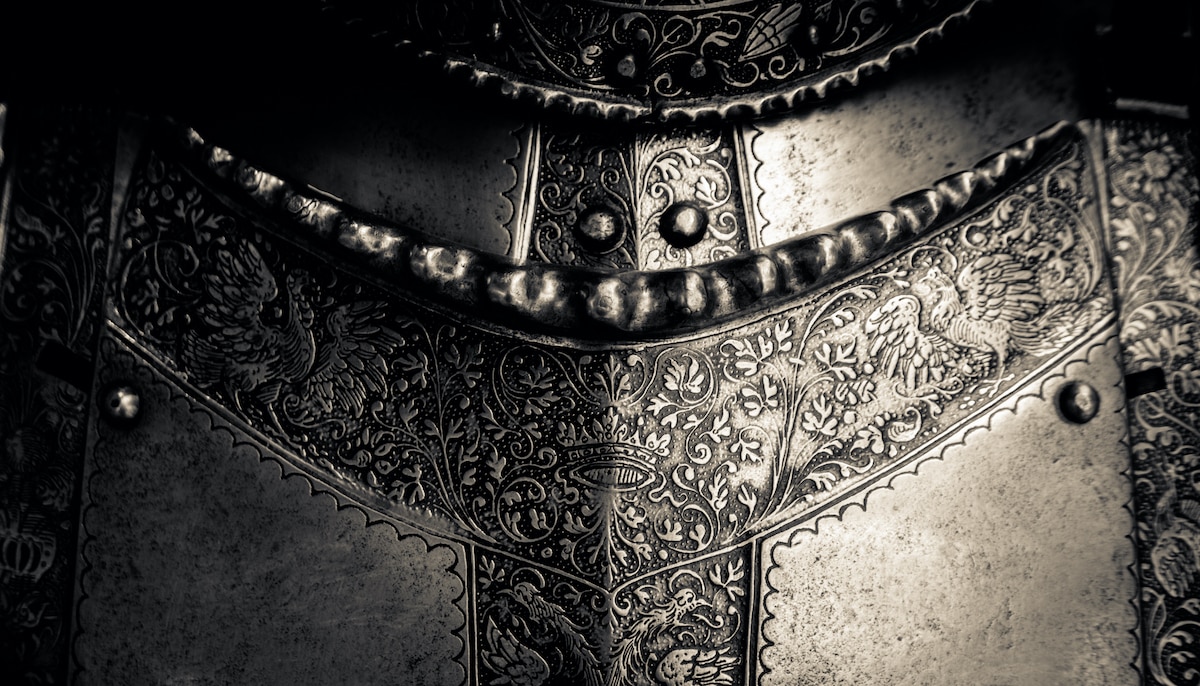 Torso Armor
Torso Armor Bracers and Arm Protection
Bracers and Arm Protection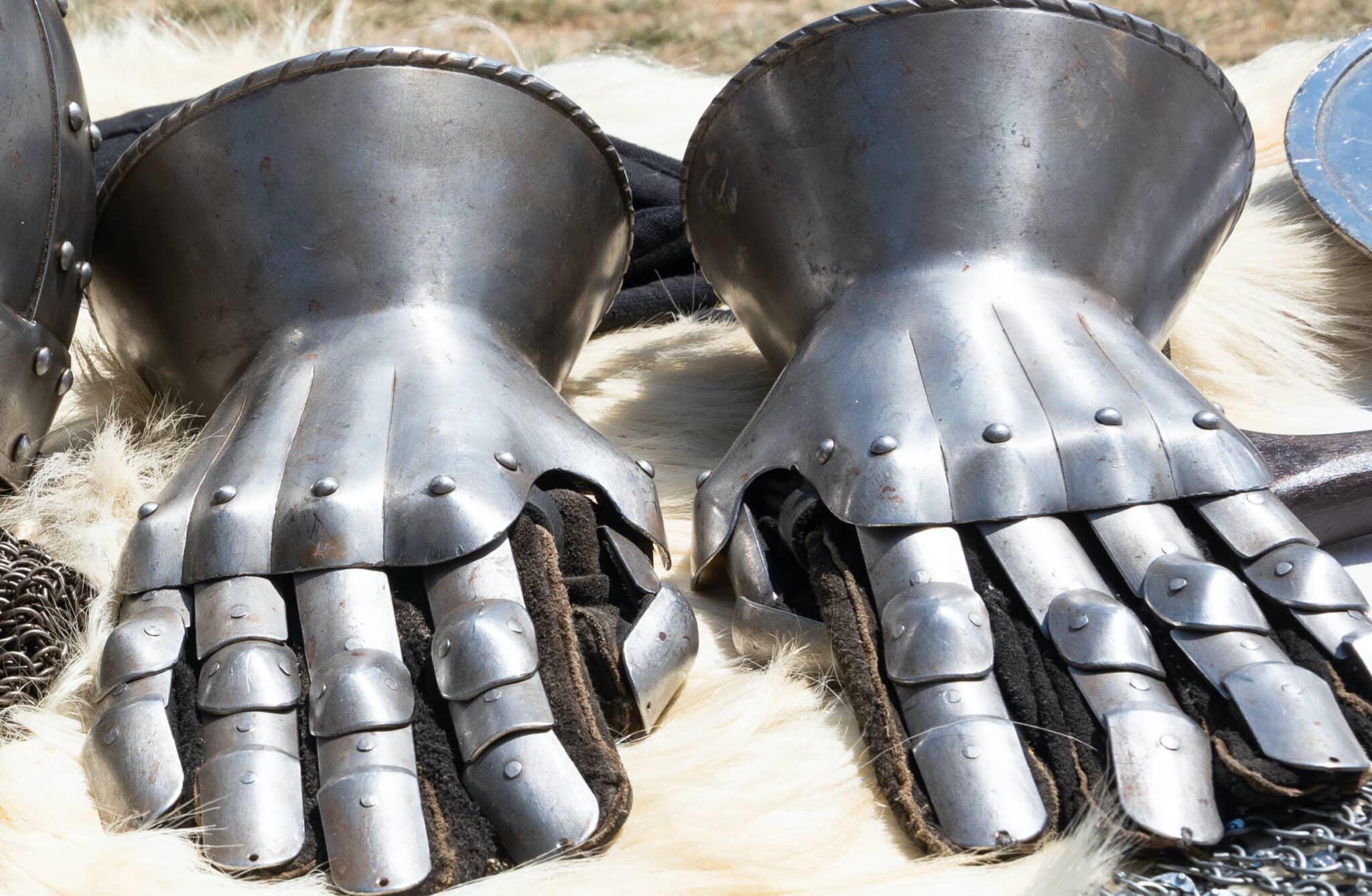 Gauntlets
Gauntlets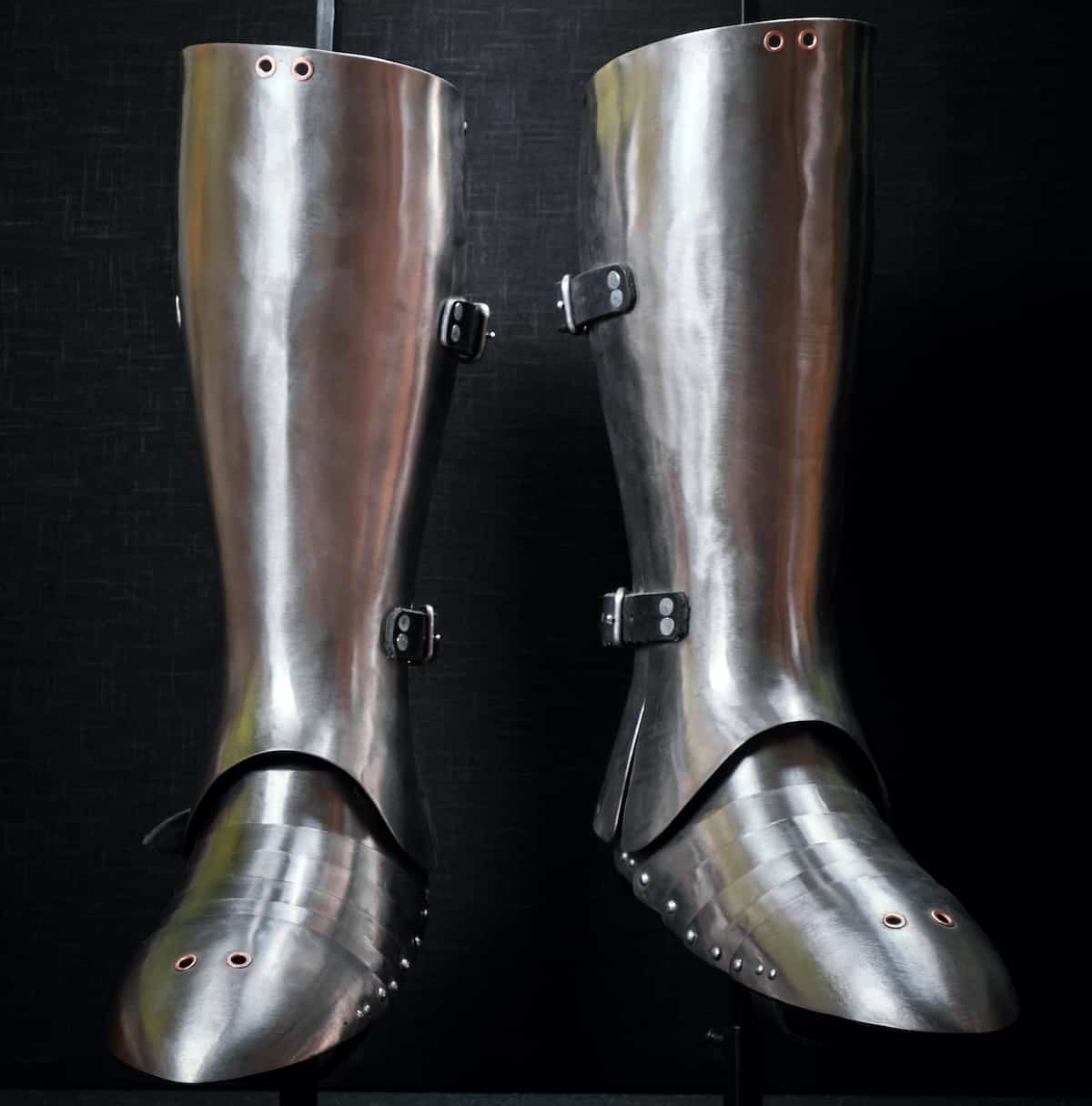 Leg Armor
Leg Armor Cloaks
Cloaks Tabards
Tabards Shirts
Shirts Tunics
Tunics Dresses
Dresses Pants
Pants Gloves
Gloves Belts
Belts Shoes
Shoes Rings
Rings Necklaces & Pendants
Necklaces & Pendants Bracelets
Bracelets


